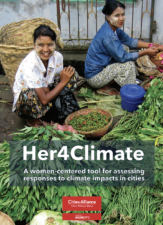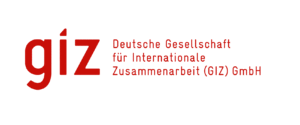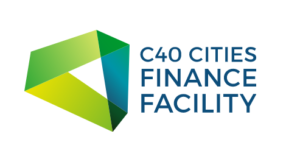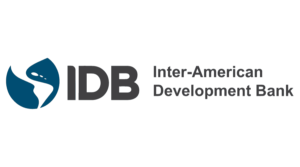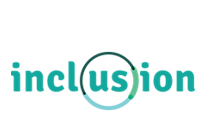
The Climate Toolkits for Infrastructure Public-Private Partnerships (PPP), developed by the World Bank Group, is a comprehensive guide designed to integrate climate considerations into the entire lifecycle of PPP infrastructure projects. The toolkit emphasizes the dual goals of climate resilience and private sector engagement. It addresses critical questions such as optimizing risk allocation in the face of climate uncertainty, promoting gender inclusivity, and enhancing the long-term sustainability of investments. Comprising a high-level toolkit and sector-specific modules, it facilitates informed decision-making at each phase of the PPP cycle.
Lifecycle Phase(s): Strategic PlanningPublic authorities identify the needs and long-term vision for infrastructure development., Project PlanningGeneral strategy for a project’s delivery is developed., ProcurementThe provision of goods and services to realize a project are tendered and closed.
Type(s) of Tool: GuidelinesOperationalize sustainability principles, less specific than Benchmarks or Rating Systems.


